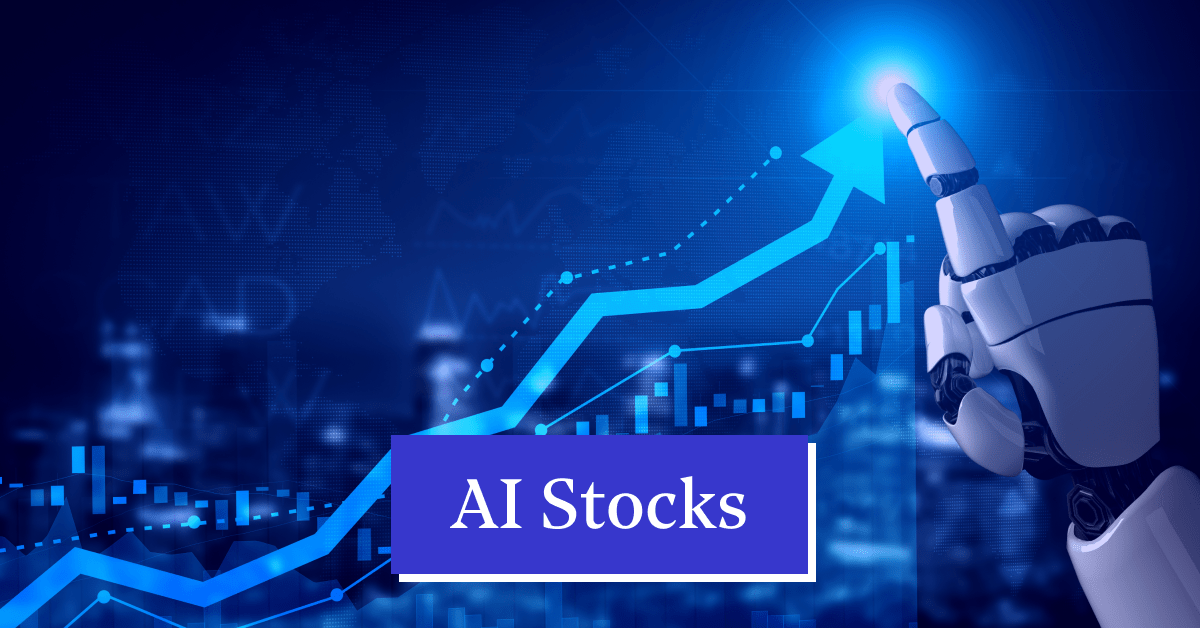20 Handy Suggestions For Choosing Trading Ai Stocks
20 Handy Suggestions For Choosing Trading Ai Stocks
Blog Article
Top 10 Tips For Backtesting Is The Key To Ai Stock Trading From Penny To copyright
Backtesting AI strategies for stock trading is essential, especially when it comes to the volatile copyright and penny markets. Here are 10 ways for getting the most value from backtesting.
1. Know the purpose behind backtesting
Tip: Backtesting is a excellent method to assess the performance and effectiveness of a method using historical data. This can help you make better choices.
The reason: to ensure that your plan is scalable and profitable prior to putting your money into real money on the live markets.
2. Make use of high-quality historical data
Tip: Make sure the data used for backtesting contains accurate and complete historical prices, volumes, as well as other indicators.
For Penny Stocks Include information about splits, delistings, as well as corporate actions.
Use market-related data such as forks and halvings.
Why? High-quality data yields accurate results.
3. Simulate Realistic Market Conditions
Tip: Take into account fees for transaction slippage and bid-ask spreads in backtesting.
Why: Ignoring these elements could lead to unrealistic performance outcomes.
4. Test your product in multiple market conditions
Re-test your strategy with different market scenarios such as bullish, bearish, or sideways trends.
The reason: Strategies can perform differently under varying circumstances.
5. Make sure you focus on key Metrics
Tip Analyze metrics as follows:
Win Rate: Percentage of profitable trades.
Maximum Drawdown: Largest portfolio loss during backtesting.
Sharpe Ratio: Risk-adjusted return.
The reason: These indicators help determine the strategy's risk and rewards potential.
6. Avoid Overfitting
Tips - Ensure that your strategy doesn't too much optimize to match previous data.
Testing using data that has not been used for optimization.
Use simple and robust rules, not complex models.
Why is this: Overfitting leads to poor real-world performance.
7. Include transaction latencies
You can simulate delays in time by simulating the signal generation between trade execution and trading.
To determine the copyright exchange rate you must be aware of the network congestion.
What's the reason? In a fast-moving market, latency is an issue for entry/exit.
8. Conduct walk-forward testing
Divide historical data by multiple periods
Training Period: Optimise your training strategy.
Testing Period: Evaluate performance.
Why: This method validates the strategy's ability to adapt to different periods.
9. Combine Backtesting With Forward Testing
Tips: Try techniques that were backtested in a test environment or simulated in real-life situations.
The reason: This enables you to verify whether your strategy is operating according to expectations, based on present market conditions.
10. Document and then Iterate
Tip: Keep detailed notes of the parameters, assumptions, and results.
The reason: Documentation can help improve strategies over time, and also identify patterns in what works.
Bonus: Backtesting Tools are Efficient
Tips: Use platforms such as QuantConnect, Backtrader, or MetaTrader for automated and reliable backtesting.
Why: Modern tools automate the process to minimize mistakes.
You can improve the AI-based strategies you employ so that they use the copyright market or penny stocks by following these tips. View the top trading chart ai url for website recommendations including ai stock analysis, best copyright prediction site, ai for stock trading, ai stocks, ai stock trading bot free, best ai copyright prediction, ai for trading, stock market ai, stock market ai, stock market ai and more. 
Top 10 Tips For Investors And Stock Pickers To Understand Ai Algorithms
Knowing AI algorithms is crucial in evaluating the performance of stock pickers and ensuring that they are aligned with your investment objectives. This article will offer 10 tips for how to understand AI algorithms for stock predictions and investment.
1. Machine Learning Basics
Learn about machine learning (ML) which is widely used to forecast stocks.
What are they? They are the fundamental techniques most AI stock analysts rely on to analyze the past and make predictions. These concepts are essential for understanding the AI's data processing.
2. Get familiar with the standard algorithm used to select stocks.
The stock picking algorithms widely employed are:
Linear Regression : Predicting price trends based upon historical data.
Random Forest: Multiple decision trees for improving predictive accuracy.
Support Vector Machines: Sorting stocks according to their characteristics as "buy" and "sell".
Neural Networks - Utilizing deep learning to identify patterns complex in market data.
Understanding the algorithms utilized by AI can help you make better predictions.
3. Review Features Selection and Engineering
Tip: Check out the way in which the AI platform chooses (and process) features (data for prediction) for example, technical indicators (e.g. RSI, MACD), financial ratios, or market sentiment.
Why What is the reason? AI is affected by the quality and relevance of features. Features engineering determines whether the algorithm is able to learn patterns that result in profitable predictions.
4. You can access Sentiment Analyzing Capabilities
Tip: Make sure the AI makes use of NLP and sentiment analyses to look at unstructured data like news articles, tweets or social media posts.
What is the reason? Sentiment analysis could help AI stockpickers assess the sentiment of investors. This helps them to make better decisions, especially in volatile markets.
5. Backtesting What exactly is it and how does it work?
Tips: Make sure the AI model is extensively tested with historical data to improve predictions.
What is the reason? Backtesting can help determine how AIs would have performed in the past under different market conditions. It provides an insight into the algorithm's strength and reliability, assuring it's able to deal with a range of market scenarios.
6. Risk Management Algorithms are evaluated
Tip. Be aware of the AI's built-in features to manage risk like stop-loss orders and position sizing.
The reason: The management of risk is essential to reduce the risk of losing. This is even more essential in volatile markets such as penny stocks or copyright. Algorithms designed to mitigate the risk are vital to have an effective and balanced approach to trading.
7. Investigate Model Interpretability
TIP : Look for AI that offers transparency on how the predictions are created.
Why? It is possible to interpret AI models let you better understand which factors drove the AI's recommendations.
8. Study the Application and Reinforcement of Learning
TIP: Learn more about reinforcement learning, a branch of computer learning in which the algorithm adapts strategies based on trial-and-error and rewards.
The reason: RL is often used for market that are constantly changing, such as copyright. It is able to change and enhance strategies based on feedback. This improves long-term profitability.
9. Consider Ensemble Learning Approaches
Tip
What's the reason? By combining the strengths and weaknesses of the various algorithms to minimize the chance of error the ensemble model can improve the accuracy of predictions.
10. The Difference Between Real-Time and Historical Data the use of historical data
Tips: Find out if the AI models rely more on historical or real-time data to make predictions. AI stockpickers usually use a combination.
Why: Realtime data is essential for trading strategies that are active in volatile markets such as copyright. However, historical data can be used to determine longer-term trends and price changes. A balanced approach between the two is often ideal.
Bonus Learning: Knowing Algorithmic Bias, Overfitting and Bias in Algorithms
TIP: Be aware of the fact that AI models may be biased and overfitting can occur when the model is too closely to historical data. It is unable to generalize new market conditions.
Why? Bias and excessive fitting can cause AI to make inaccurate predictions. This leads to inadequate performance when the AI is used to analyze live market data. It is essential to the long-term performance of the model is well-regularized and generalized.
Understanding AI algorithms can help you to assess their strengths, vulnerabilities and compatibility to your specific trading style. This will allow you to make better decisions in deciding the AI platform that is the best suitable for your strategy for investing. Have a look at the best ai trading app advice for blog recommendations including stock market ai, incite, ai stock prediction, best ai copyright prediction, best ai stocks, ai stocks, incite, best ai copyright prediction, best ai copyright prediction, stock market ai and more.